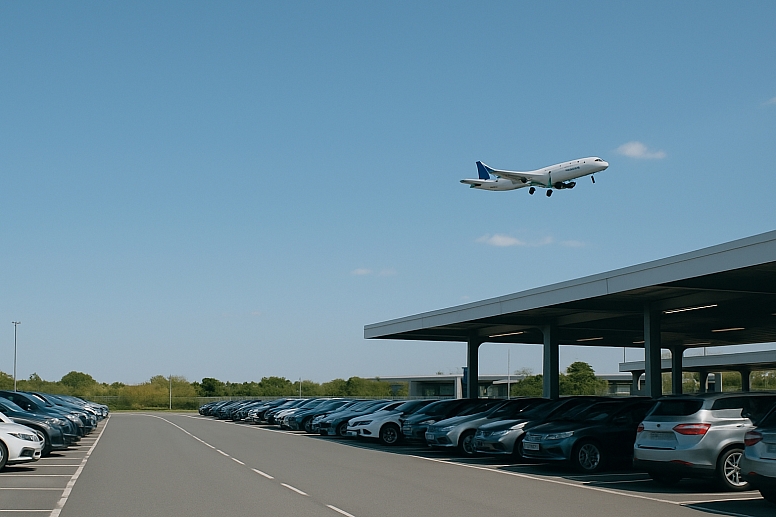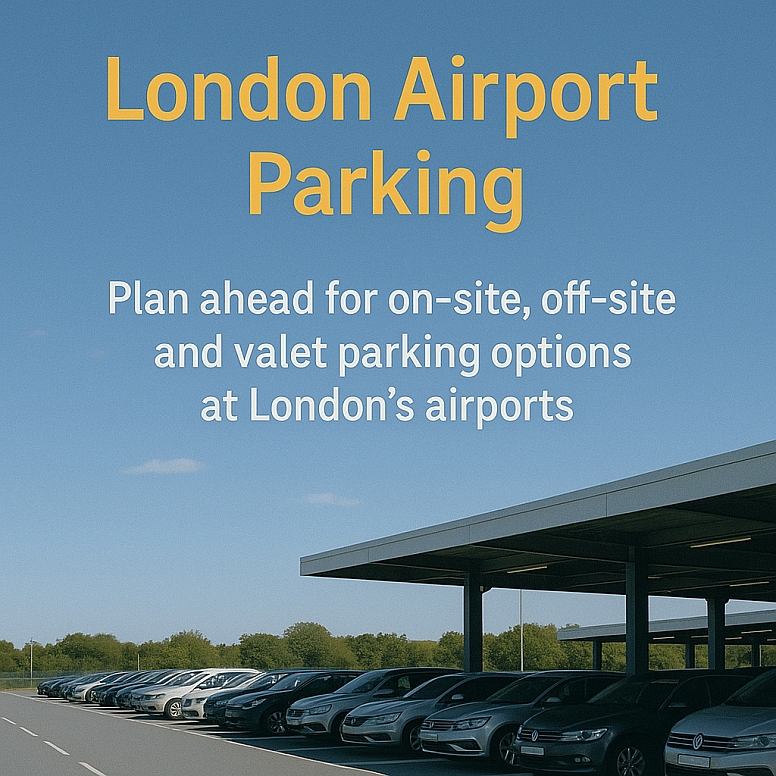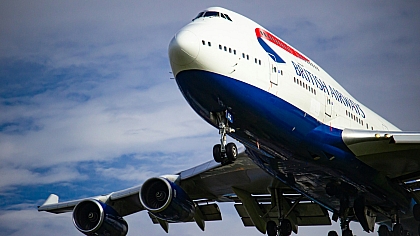
London Airport Parking and Driving Rules
If you’re preparing to fly out of one of London’s major airports, it’s worth getting to grips with a few basics before setting off. From parking your car to understanding the rules of the road, a little preparation can make all the difference. London has five main airports—Heathrow, Gatwick, Stansted, Luton and London City—each with its own set of options and quirks.
Getting Your Parking Sorted
Parking at London’s airports can be straightforward if you know what to expect. Heathrow, for example, offers a mix of short stay, long stay and valet services. There’s even a pod parking system at Terminal 5, which links to the terminal using a driverless shuttle—quick and quite fun to try.
At Gatwick, you’ll find both on-site and off-site parking. Many travellers opt for meet-and-greet services there, which allow you to hand over your car near the terminal and walk straight in. Stansted and Luton operate similar systems, with shuttle buses linking the car parks to the terminals.
City Airport is smaller, so airport parking is more limited, but it’s close enough to central London that many people prefer to take public transport. If you do plan to drive and leave your car, booking ahead is almost always cheaper, and you’ll avoid the hassle of full car parks during busier seasons.

Driving in and Around London
If you’re driving to the airport or renting a car afterwards, knowing a few rules will help. First and foremost, vehicles in the UK drive on the left. Speed limits are posted in miles per hour, with 30 mph being standard in built-up areas, and up to 70 mph on motorways.
It’s the law to wear a seatbelt, and using a handheld phone while driving is illegal. Sat navs are fine, as long as they’re mounted properly and not obstructing your view. London also has a Congestion Charge zone and an Ultra Low Emission Zone—if you’re driving through central London, especially in older vehicles, you may need to pay a daily fee.
Fines for not paying are automatic and can be steep, so it’s worth checking your route ahead of time. Many drivers use apps or sat navs with built-in alerts for these zones.
Hiring a Car for Your Trip
Car hire is available at all the major airports, with well-known companies like Hertz, Avis and Enterprise operating on-site. You’ll need your driving licence, and if you’re visiting from abroad, an International Driving Permit may be required depending on where your licence was issued.
Many people hire cars when travelling abroad as well, especially if their journey continues to more remote destinations. Driving offers a level of freedom that public transport often can’t match, particularly on islands or in rural areas.
Whether you’re setting off from Heathrow or coming back, having a plan for parking and a solid understanding of local driving rules makes travelling feel that bit less stressful.











